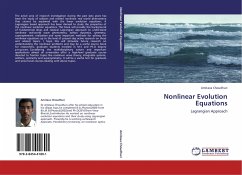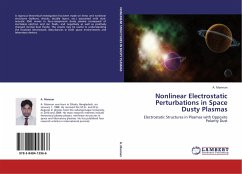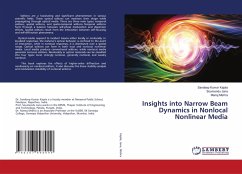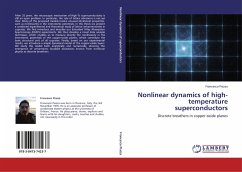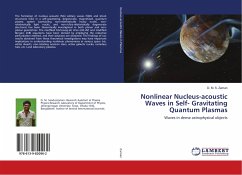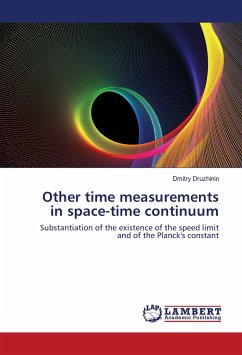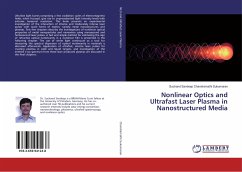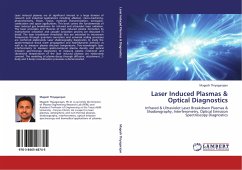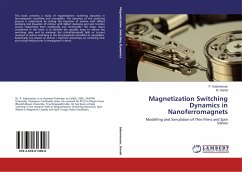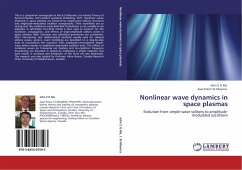
Nonlinear wave dynamics in space plasmas
Evolution from simple-wave solitons to amplitude-modulated oscillitons
Versandkostenfrei!
Versandfertig in 6-10 Tagen
52,99 €
inkl. MwSt.

PAYBACK Punkte
26 °P sammeln!
This is a companion monograph to Ma & St-Maurice: Ion Kinetic Theory of Auroral Plasmas, LAP Lambert Academic Publishing, 2011. Nonlinear waves observed in space plasmas are featured by simple-wave solitary structures and amplitude-modulated oscilliton wavepackets. Their wavefields are so strong that the traditional weak-field KdV formulation is not suitable to be adopted. A self-similar two-fluid model is thus used to account for the excitation, propagation, and effects of large-amplitude solitary waves in space plasmas. Both Cartesian and cylindrical geometries are considered. After introduc...
This is a companion monograph to Ma & St-Maurice: Ion Kinetic Theory of Auroral Plasmas, LAP Lambert Academic Publishing, 2011. Nonlinear waves observed in space plasmas are featured by simple-wave solitary structures and amplitude-modulated oscilliton wavepackets. Their wavefields are so strong that the traditional weak-field KdV formulation is not suitable to be adopted. A self-similar two-fluid model is thus used to account for the excitation, propagation, and effects of large-amplitude solitary waves in space plasmas. Both Cartesian and cylindrical geometries are considered. After introducing two mathematical methods usually used for classical solitary waves, generic, exact modelings are described on a step-by-step basis to characterize the evolution from amplitude-unmodulated simple-wave soliton modes to amplitude-modulated oscilliton ones. The effects of nonlinear waves on transverse ion heating and ion-cyclotron frequency broadening are discussed in details by employing a simple magnetic flux tube model. A summary and limitations of the work are also addressed. The research was also guided by Professor Akira Hirose, Canada Research Chair, University of Saskatchewan, Canada.



